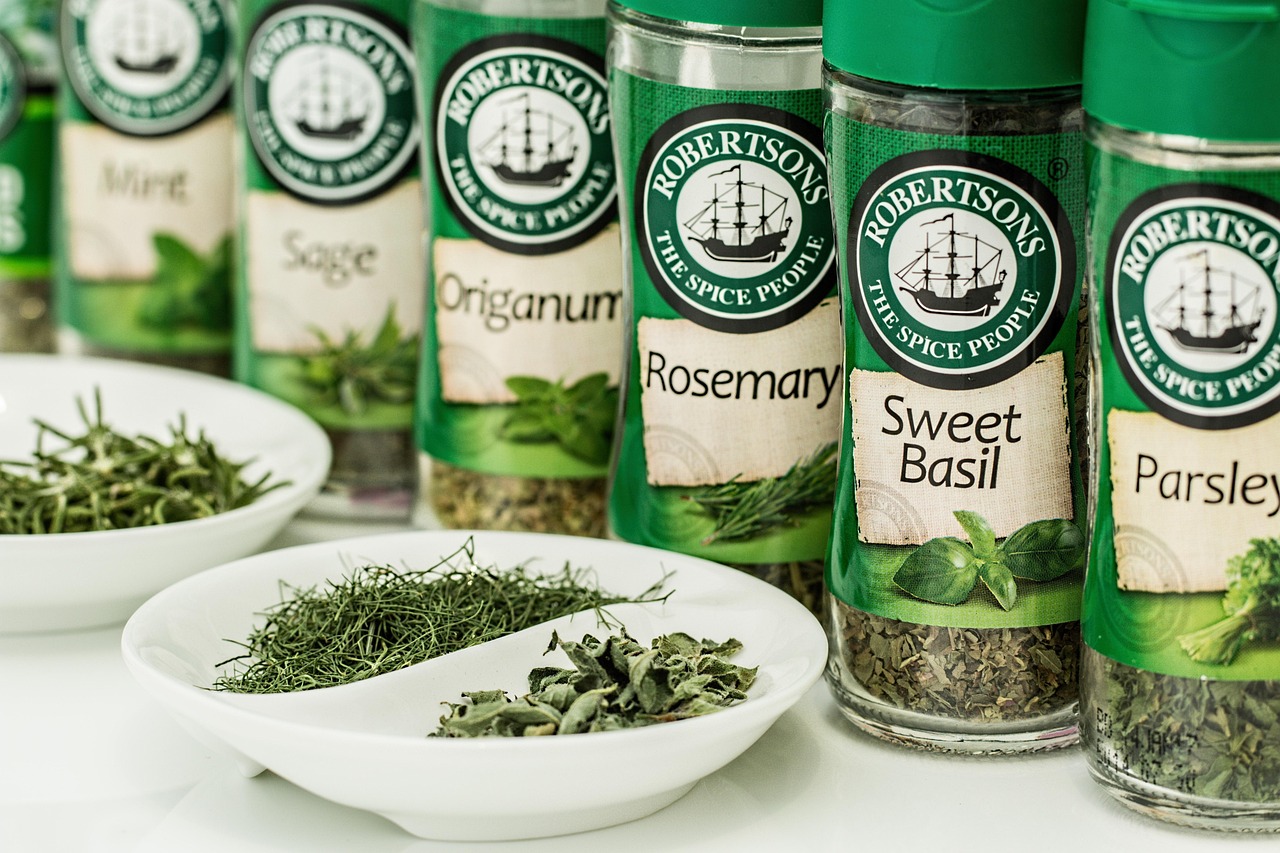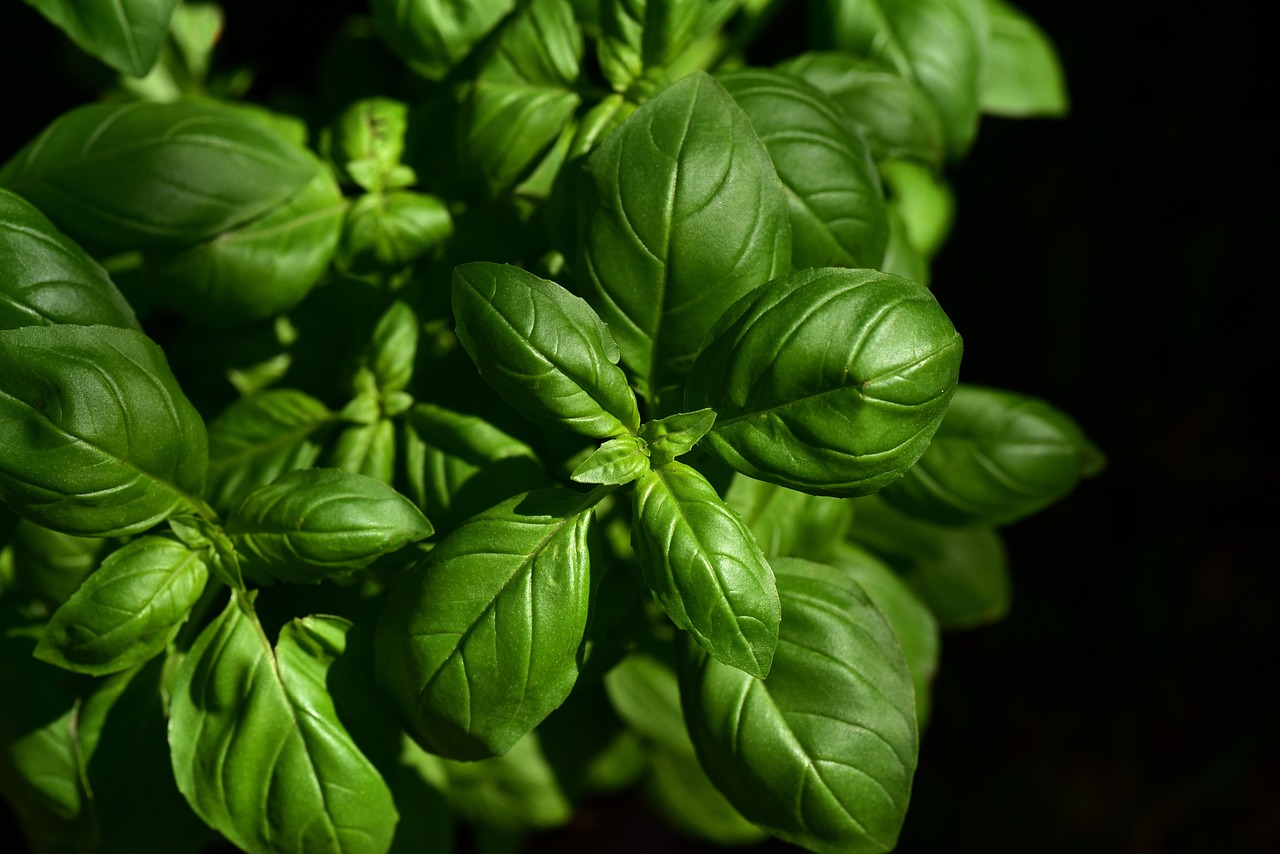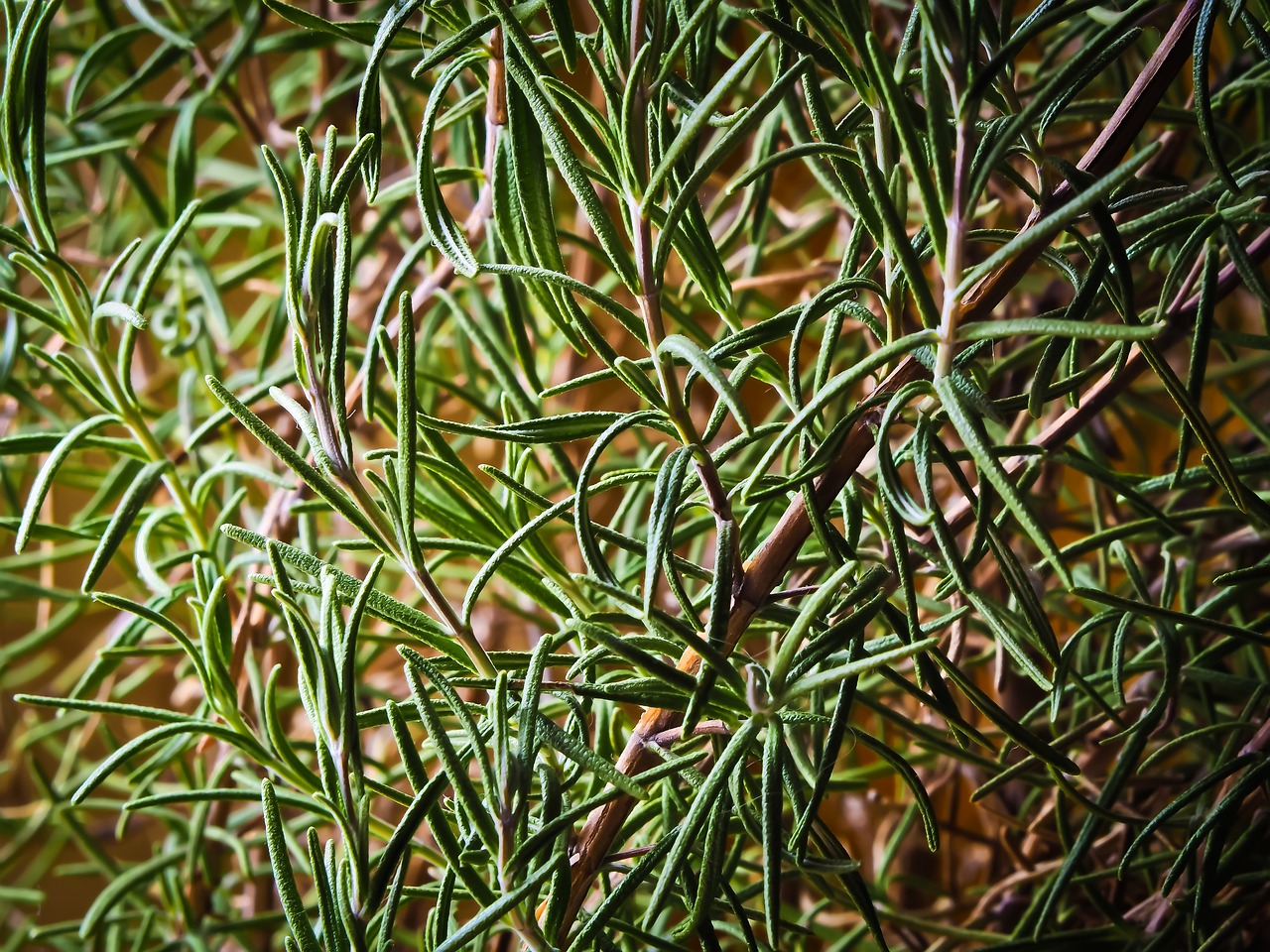Growing a culinary herb garden allows you to cultivate fresh, flavorful herbs right at home. By selecting the right herbs, providing suitable conditions, and maintaining proper care, you can enjoy a productive garden that enhances your culinary creations and adds aromatic beauty to your space.
Getting Started with Your Culinary Herb Garden

Culinary herbs are not only essential for flavoring food but also provide various health benefits. They can be grown in gardens, pots, or even indoors, making them accessible for anyone interested in cooking with fresh ingredients. Starting your herb garden can be an enriching experience that connects you with nature while enhancing your culinary skills.
Before diving into the specifics, it’s crucial to understand some key aspects of growing herbs. Each herb has unique requirements in terms of sunlight, soil, and water. Understanding these needs will help you create the ideal environment for your herbs to thrive.
Choosing the Right Herbs
When selecting herbs for your garden, consider the types of dishes you frequently prepare. Here are some popular culinary herbs that are easy to grow:
- Basil: Great for Italian dishes, pesto, and salads.
- Parsley: Versatile and used in many cuisines.
- Thyme: Perfect for seasoning meats and stews.
- Rosemary: A robust herb that pairs well with grilled foods.
- Cilantro: Essential for Mexican and Asian recipes.
These herbs not only add flavor but also bring vibrant colors and scents to your garden. When starting out, choose a few favorites rather than trying to grow too many at once.
Understanding Growing Conditions
The success of your herb garden largely depends on providing the right growing conditions. Here are some key factors:
| Herb | Sunlight | Soil Type | Watering Needs |
|---|---|---|---|
| Basil | Full sun (6-8 hours) | Well-drained, nutrient-rich | Regularly, keep moist |
| Parsley | Partial sun (4-6 hours) | Loamy, well-drained | Moderate, allow to dry slightly |
| Thyme | Full sun (6-8 hours) | Well-drained, sandy | Infrequently, drought-tolerant |
Understanding these conditions helps in planning your garden layout. For instance, placing sun-loving herbs together ensures they receive adequate light. Similarly, grouping herbs with similar watering needs can simplify maintenance.
Preparing Your Garden Space
Whether you have a dedicated garden bed or a few pots on your balcony, preparation is key to a successful herb garden. Start by choosing the right location that receives adequate sunlight. If planting in the ground, ensure the soil is enriched with organic matter to promote healthy growth.
If you’re using containers, select pots with good drainage holes. Herbs can suffer from root rot if water accumulates at the bottom of the pot. Fill your containers with quality potting soil and consider adding slow-release fertilizer for optimal growth.
With the right herbs selected and a suitable space prepared, you are well on your way to establishing a thriving culinary herb garden that will provide fresh flavors for your meals.
Planting Your Culinary Herbs
Once your garden space is prepared, the next step is to plant your selected herbs. This process is crucial for ensuring robust growth and maximizing flavor. Timing, spacing, and planting techniques all play a significant role in the success of your herb garden.
Timing for Planting
Herbs are typically planted in the spring after the last frost date. However, some herbs can be sown directly into the garden, while others benefit from starting indoors. Here are some guidelines:
- Direct sowing: Herbs like cilantro and dill can be sown directly into the garden as soon as the soil is workable.
- Indoor seeding: Basil, parsley, and thyme can be started indoors 6-8 weeks before the last frost. This allows for an earlier harvest.
- Transplanting: Purchase young plants from a nursery for immediate results. Ensure they are healthy and disease-free.
Spacing Your Plants
Proper spacing between your herbs is essential for airflow and sunlight penetration. Here are some recommended spacing guidelines:
| Herb | Spacing (inches) |
|---|---|
| Basil | 12-18 |
| Parsley | 10-12 |
| Thyme | 12-24 |
Spacing allows each herb to grow to its full potential without competing for resources. It also helps reduce the risk of fungal diseases by promoting better air circulation.
Planting Techniques
When planting your herbs, follow these steps to ensure successful establishment:
- Digging Holes: Create holes that are twice the size of the root ball of each herb. This allows roots to spread easily.
- Placement: Remove the herb from its container. Place it in the hole, ensuring that the top of the root ball is level with the soil surface.
- Backfill: Gently fill in around the root ball with soil, patting it down lightly to eliminate air pockets.
- Watering: After planting, water thoroughly to help settle the soil around the roots.
These techniques will help your herbs establish themselves quickly, leading to healthier plants with enhanced flavor profiles. Remember to keep an eye on your newly planted herbs as they acclimate to their new environment.
Caring for Your Herb Garden
After planting, ongoing care is essential for a thriving herb garden. This includes watering, fertilizing, pruning, and monitoring for pests and diseases.
Watering Your Herbs
Herbs generally prefer well-drained soil but require consistent moisture. Here are some tips for effective watering:
- Frequency: Water when the top inch of soil feels dry. This may vary based on weather conditions.
- Method: Water at the base of the plant to prevent wetting the leaves, which can lead to diseases.
- Time of Day: Early morning is the best time to water, allowing plants to absorb moisture before the heat of the day.
Fertilizing Your Herbs
While many herbs thrive in less nutrient-rich soil, providing additional nutrition can enhance growth. Consider these guidelines:
- Organic Fertilizers: Use compost or well-rotted manure to enrich soil without overwhelming plants.
- Timing: Fertilize at the beginning of the growing season and again mid-season for optimal growth.
Caring for your culinary herbs requires attention and consistency, but the rewards are well worth the effort as you enjoy fresh herbs in your cooking throughout the season.

Harvesting and Using Your Culinary Herbs
Once your herbs have matured, the next exciting step is harvesting them. Proper harvesting techniques not only enhance the flavor of your herbs but also promote continued growth throughout the season. Understanding when and how to harvest your herbs is key to maximizing their potential in your kitchen.
When to Harvest Herbs
Timing is crucial when it comes to harvesting. Each herb has its own ideal harvesting period. Here are some general guidelines:
- Leaves: For most herbs, such as basil and parsley, the best time to harvest is just before the plant begins to flower. This is when the leaves are at their peak flavor.
- Stems: For herbs like rosemary and thyme, you can harvest stems once they are well-established and woody.
- Flowers: Some herbs, like chives and cilantro, produce edible flowers that can be harvested when fully bloomed.
Harvesting at the right time ensures that you enjoy the best flavor and aroma from your herbs. Regular harvesting encourages new growth, keeping your plants healthy and productive.
Harvesting Techniques
Using the correct technique when harvesting your herbs is essential to prevent damage to the plant. Here are some effective methods:
- Pinching: For leafy herbs like basil, pinch off the leaves with your fingers or use scissors to cut stems just above a leaf node. This encourages bushier growth.
- Cutting: Use sharp scissors or garden shears for woody herbs like rosemary and thyme. Cut stems at an angle to allow for more surface area for water absorption.
- Avoid Overharvesting: Never remove more than one-third of the plant at a time. This allows the plant to recover and continue growing.
By employing these techniques, you can ensure that your herbs remain healthy and continue to produce throughout the growing season.
Storing Your Fresh Herbs

After harvesting, proper storage is crucial for maintaining the freshness and flavor of your herbs. Here are some effective methods for storing both fresh and dried herbs:
Storing Fresh Herbs
Fresh herbs can quickly lose their flavor if not stored correctly. Consider these methods:
- Refrigeration: Wrap fresh herbs in a damp paper towel and store them in a plastic bag in the refrigerator. This helps retain moisture without causing wilting.
- Water Method: Place fresh herb stems in a glass of water, similar to flowers. Cover the tops loosely with a plastic bag and refrigerate.
- Freezing: Chop fresh herbs and mix them with olive oil or water in ice cube trays. Once frozen, transfer them to a freezer bag for long-term storage.
Dried Herbs Storage
If you prefer dried herbs, proper drying and storage techniques will help preserve their flavor:
- Airing Drying: Hang bundles of herbs upside down in a dark, dry, and well-ventilated area until completely dry.
- Oven Drying: Spread herbs on a baking sheet and place them in an oven at the lowest temperature for a few hours, checking frequently.
- Storage Containers: Store dried herbs in airtight glass jars away from sunlight and humidity. Label each jar with the herb name and date of drying.
These storage methods will help you keep your culinary herbs fresh for longer periods, allowing you to enjoy their flavors even after the growing season ends.
Pest Management and Plant Care
Caring for your herb garden also involves monitoring for pests and diseases that may threaten your plants. Taking proactive measures can help you maintain a healthy garden.
Pest Identification and Control
Common pests that may affect culinary herbs include aphids, spider mites, and whiteflies. Here’s how to manage them:
- Regular Inspection: Check your plants regularly for signs of pests or damage. Early detection is key to effective management.
- Natural Predators: Encourage beneficial insects like ladybugs that feed on harmful pests.
- Insecticidal Soap: Use insecticidal soap or neem oil as a natural remedy to control pest populations without harming your plants.
By staying vigilant and adopting these pest management strategies, you can ensure your culinary herb garden remains healthy and productive throughout the growing season.
Seasonal Care and Maintenance

Throughout the growing season, your culinary herb garden will require ongoing attention to maintain its health and productivity. Seasonal changes bring different challenges and opportunities for your herbs. Understanding these seasonal needs will help you adapt your care practices accordingly.
Spring Care
As the growing season begins, focus on establishing a strong foundation for your herbs. Here are some key activities for spring:
- Transplanting: If you started herbs indoors, transplant them to the garden after the last frost. Harden off seedlings by gradually introducing them to outdoor conditions.
- Weeding: Regularly remove weeds that compete for nutrients and water. Mulching can help suppress weed growth and retain soil moisture.
- Monitoring Growth: Keep an eye on new growth and adjust watering and fertilization as needed to support vigorous development.
Summer Care
During the summer months, herbs thrive but may also face challenges such as heat and drought. Here are some considerations:
- Watering: Increase watering frequency during hot spells to keep soil consistently moist. Consider using drip irrigation for efficient watering.
- Pruning: Regularly prune and harvest your herbs to encourage bushier growth and prevent flowering, which can alter flavor.
- Pest Management: Continue monitoring for pests. Use organic methods to control outbreaks without harming beneficial insects.
Fall Care
As temperatures begin to cool, it’s time to prepare your herb garden for the changing season:
- Final Harvest: Harvest any remaining herbs before frost sets in. This is a great time to dry or freeze herbs for winter use.
- Cutting Back: Trim back perennials like thyme and rosemary to promote healthy regrowth in the spring.
- Soil Amendment: Consider adding compost or organic matter to enrich the soil for next year’s growing season.
Winter Care
If you live in a colder climate, protecting your herb garden during winter is essential. Here are some tips:
- Protecting Perennials: Apply a layer of mulch around perennial herbs to insulate roots and prevent frost damage.
- Indoor Herbs: Bring tender herbs indoors or consider growing them in pots so you can continue to enjoy fresh herbs throughout winter.
- Planning for Spring: Use winter months to plan for next year’s garden, researching new herbs or techniques you wish to try.
Final Thoughts
Creating and maintaining a culinary herb garden is a rewarding endeavor that enhances both your cooking and your connection to nature. By selecting the right herbs, providing appropriate care, and being vigilant about pests and diseases, you can cultivate a thriving garden that yields flavorful, fresh ingredients.
The joy of harvesting your own herbs cannot be overstated. Fresh herbs elevate dishes, offering flavors that dried herbs cannot match. Moreover, growing your own herbs allows you to experiment with various cuisines, expand your culinary repertoire, and enjoy the satisfaction of nurturing plants from seed to harvest.
With proper planning and care across all seasons, your culinary herb garden can flourish year after year. Whether you’re a seasoned gardener or just starting out, remember that patience and observation are key. As you learn more about the specific needs of each herb, you’ll become more adept at creating a productive garden that adds flavor to your meals and beauty to your space.
Embrace the journey of growing your culinary herb garden. Enjoy the process, savor the flavors, and let your passion for gardening flourish alongside your culinary skills.
